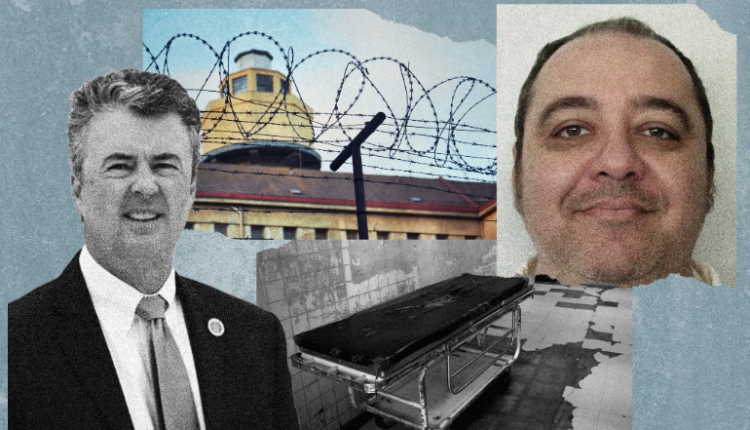Alabama’s planned execution of Kenneth Eugene Smith using nitrogen hypoxia is a significant and controversial event, as it marks the first time this method is being used for capital punishment in the United States.
Kenneth Eugene Smith, a death row inmate in Alabama, was set to be executed using nitrogen hypoxia. This decision came after a botched execution attempt the previous year.
The Nitrogen Hypoxia Method
- Unprecedented Method: Nitrogen hypoxia is an untested method for carrying out executions. It involves the inhalation of nitrogen, which leads to death due to a lack of oxygen, rather than the direct toxicity of the gas.
- Concerns Raised: Multiple religious and advocacy groups have condemned this method. The concerns are not only about the ethical implications but also about the safety of those present in the execution chamber, including the spiritual adviser of the inmate and prison personnel.
Legal and Advocacy Perspectives
- Federal Court’s Ruling: A federal appeals court ruled that Alabama could proceed with this execution method. However, Smith’s attorneys appealed for a stay of execution due to safety concerns.
- Supreme Court’s Decision: The Supreme Court decided not to take up the appeal, leaving Smith’s last hope for a stay in the hands of Governor Kay Ivey.
- Advocacy Groups’ Stance: Groups opposed to the death penalty, including the Death Penalty Action organization, worry that if this execution is successful, it could set a dangerous precedent and potentially lead to a spike in executions using this method.
Concerns for Those Present During Execution
- Reverend Jeff Hood’s Involvement: Reverend Hood, the spiritual adviser to Kenneth Smith, expressed his concern about the potential risks associated with nitrogen hypoxia. He worried about the gas leaking into the room and affecting others present.
- Mental State of Kenneth Smith: Reverend Hood also noted that Smith has been highly stressed and anxious, understandably so, given his impending execution.
Protests and Opposition
- Statewide Protests: There have been several protests across Alabama opposing Smith’s execution and the death penalty in general. One such event was held at the Unitarian Universalist Church of Birmingham, featuring presentations by death row survivors and opponents of capital punishment.
- Focus on Future Organizing: These gatherings are not only about protesting the current execution but also about organizing future efforts to rally against capital punishment in Alabama and nationwide.
Execution Procedure
- Timeline of Execution Day: According to court documents, the state planned to give Smith his last meal before 10 a.m. on the day of execution. He would not receive solid foods after that time, and liquids would be cut off by 4 p.m. The execution was scheduled to occur no earlier than 6 p.m.
Read More:
- Texas Homeowners Gain Significant Tax Relief with New Homestead Exemption Law and Its Implications
- U.S. Appeals Court Rules Against Excessive Search in BH Safe Deposit Box Case
- Crowd HEADS FOR EXITS as Trump struggles to speak
The execution of Kenneth Smith using nitrogen hypoxia is a pivotal moment in the history of capital punishment in the United States. It highlights not only the ongoing legal and ethical debates surrounding the death penalty but also raises significant concerns about the methods used for executions. The case of Kenneth Smith has brought to the forefront issues of human rights, legal justice, and the responsibilities of those in positions of power to consider the implications of their decisions in such grave matters.

